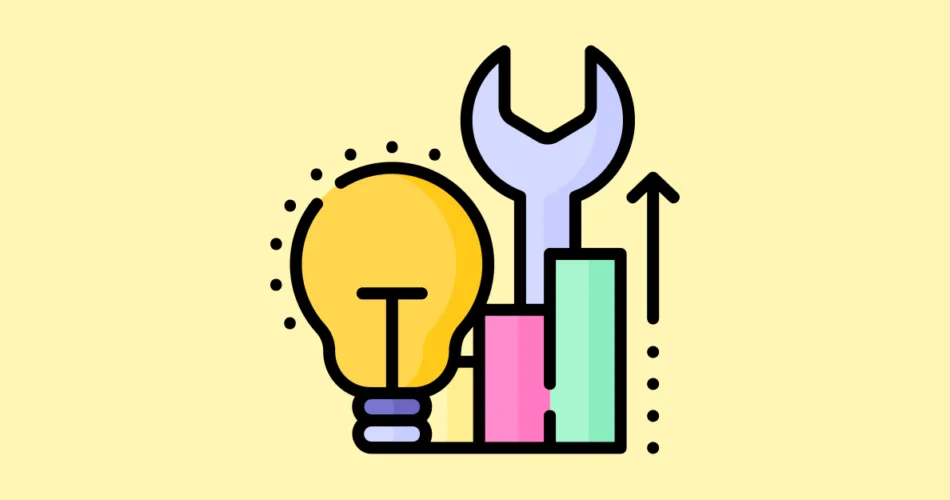Continuous improvement is a fundamental principle in quality assurance (QA) process. It involves consistently refining and optimizing QA practices to ensure the delivery of high-quality software products. In this article, we will explore the concept of continuous improvement in QA processes, focusing on key aspects such as retrospectives, continuous learning, and the evolution of QA practices based on feedback.
Retrospectives and Continuous Learning
Retrospectives are a crucial component of the continuous improvement process in QA. These are regular meetings where QA teams reflect on past projects or testing cycles. The primary goal is to identify what went well and what could be improved. Here are some key aspects of retrospectives:
- Open and Honest Discussion: Retrospectives encourage open and honest discussions among team members. Everyone has a chance to share their observations, concerns, and suggestions.
- Actionable Insights: The insights gained from retrospectives are actionable. Teams can identify specific areas for improvement and create actionable plans to address them.
- Continuous Learning: Retrospectives promote a culture of continuous learning. Teams learn from their experiences and apply those lessons to future projects, resulting in iterative improvements.
Continuous learning is a core principle in QA. QA professionals are encouraged to stay updated with industry trends, emerging technologies, and best practices. This ongoing learning process ensures that QA practices remain relevant and effective.
Evolving QA Practices Based on Feedback
Feedback is a valuable resource for QA teams. It can come from various sources, including project stakeholders, developers, end-users, and automated testing tools. Here’s how QA practices evolve based on feedback:
- Defect Feedback: When defects are identified, QA teams analyze the root causes and adjust testing strategies to prevent similar issues in the future.
- User Feedback: User feedback, such as bug reports and feature requests, informs QA teams about usability and functionality issues. This feedback guides improvements and enhancements.
- Automation Feedback: Automated testing tools provide feedback on test results and code coverage. QA teams use this data to refine test suites and enhance test coverage.
By embracing feedback-driven development, QA teams adapt and evolve their practices to deliver higher-quality software. This iterative process aligns QA efforts with project goals and user expectations.
In conclusion, continuous improvement in QA processes involves retrospectives, continuous learning, and evolving practices based on feedback. Embracing these principles fosters a culture of excellence in QA, resulting in the delivery of software that meets or exceeds quality standards.
Subscribe to our email newsletter to get the latest posts delivered right to your email.


Comments